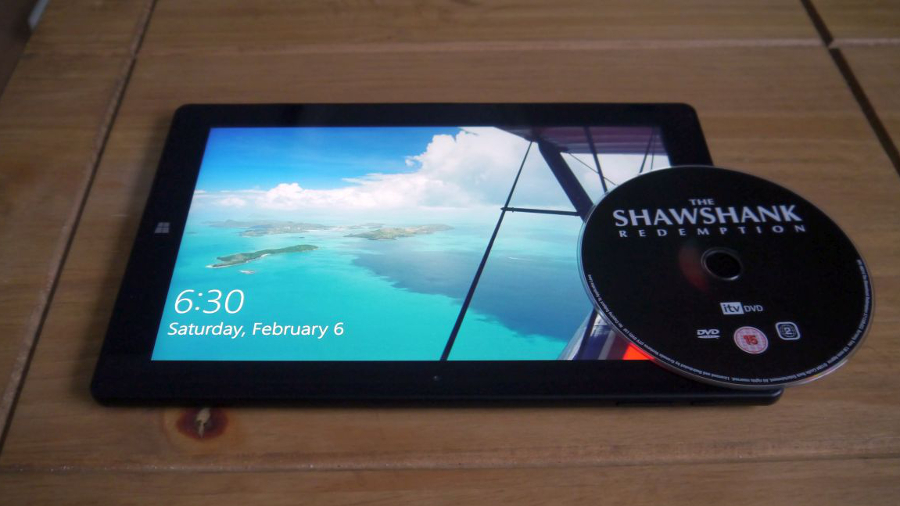TechRadar Verdict
The Chuwi Hi10 is a capable tablet which hits a sweet spot delivering the sort of performance that will suit the average Joe without breaking the bank.
Pros
- +
Speedy processor
- +
Generous memory and storage
- +
Full HD display
Cons
- -
Poor speaker placement
- -
Battery life could be better
Why you can trust TechRadar
There was a time, not so long ago, when sourcing consumer electronics straight from China was a fraught endeavour. You could end up with barely usable products that would fail even the most basic of user testing.
But thanks to the rise of online retailers from China which ship directly to customers worldwide for free, the last two years have seen a flurry of new Chinese players flood the market with a seemingly endless stream of products.
The first wave, which includes the likes of Xiaomi, OnePlus One and Oppo, is gradually displacing former household darlings and this is only the beginning.
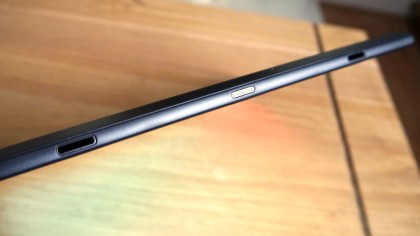
Behind that is a considerable collection of oddly-named brands. Chuwi is one of them and the CW1515/Hi10 tablet is its first Windows slate which is squarely targeting the (much more expensive) Microsoft Surface 3.
Intel's aggressive approach in the Chinese market coupled with Microsoft's more relaxed approach to licensing (especially in emerging countries where the hearts and minds of consumers are at stake) helps to explain why more and more Windows-based tablets are coming out of Chinese factories.
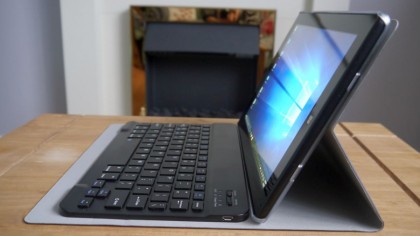
Our review tablet was sent to us by Geekbuying and is available from the site for £129 (or $186 for those in the US, which is around AU$260), a price that includes delivery but excludes VAT. The price may change depending on currency fluctuations, and other vendors like Banggood, Aliexpress or Gearbest also sell this model. Note that there is a time-limited voucher – xiaomifans – that reduces the price by another fiver currently.
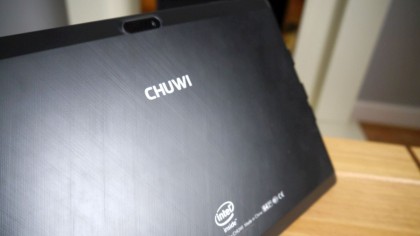
Design
Unlike desktops, tablet designs tend to converge towards a single format: a rectangular slab – based around a display with a standard aspect ratio – with a variable thickness. That applies to the Hi10 as well. It uses plastic all round with glass on the front, a 2-megapixel webcam, a status light (that goes orange when powering on or charging) and the Windows 10 logo.
There's nothing wrong with plastic if it is properly done – there's little flex which hints at a sturdy build.
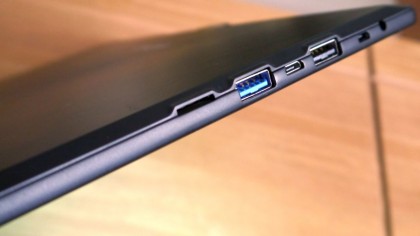
At just under 9mm, it is thicker than most tablets we've encountered but there's a very good reason for this – namely the fact that this slate carries two full-size USB ports, one of which is a USB 3.0 affair. Being thicker means that it can also accommodate a larger battery (more on the battery life later). Furthermore, it makes the tablet a bit easier to hold. Chuwi opted for a chiselled, rounded finish on the edges to make the device look thinner.
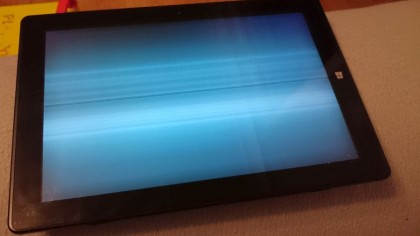
Switching on the tablet reveals a 10-inch display with a 1920 x 1200-pixel resolution (that's 16:10, rather than 16:9), but there are two main weaknesses here – the screen is reflective and prone to smudges. It is bright enough though and colours are vibrant thanks to the IPS technology used.
Next to the Windows button are two speakers – sadly, they are on the shorter side of the tablet which may not be convenient if you are watching a movie in landscape mode. Then, there's the power button and the volume rocker on the perpendicular side, two USB ports, a micro-USB one, a micro-HDMI port, a headphone socket and a microSD card slot on the other short side.
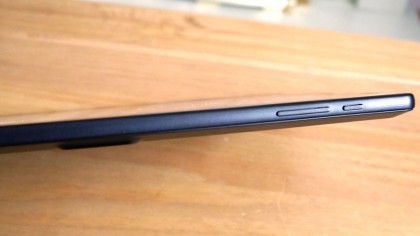
The other longer side of the tablet has a proprietary connector with two slots to accommodate the Hi10's optional removable magnetic docking station. A 2-megapixel camera can be found at the patterned back of the device as well as the obligatory Chuwi and Intel logos.
The tablet is sold on its own but you can get a magnetic cover with a Bluetooth keyboard – one that comes without a touchpad – or you can go for a clamshell one that converts the tablet into a laptop, complete with trackpad. The latter, whilst more convenient overall, nearly doubles the weight of the tablet to 1kg.

Désiré has been musing and writing about technology during a career spanning four decades. He dabbled in website builders and web hosting when DHTML and frames were in vogue and started narrating about the impact of technology on society just before the start of the Y2K hysteria at the turn of the last millennium.
